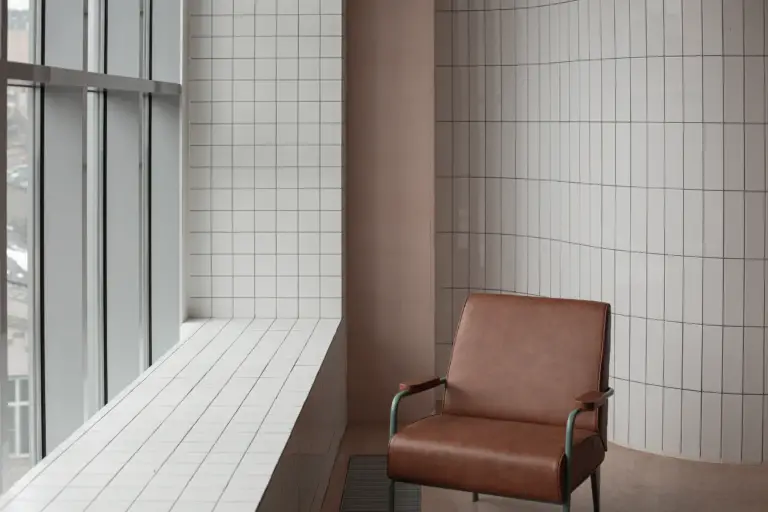Thousands of suffragists marched down Pennsylvania Avenue in Washington, on March 3, 1913. One hundred six years after we march to fight violence against women in all its forms and to demand more funds to end it. We protest to change the precariousness of women in the labor market, the persistence of barriers to their professional projection, and their discrimination in terms of wages.
And in this spirit, today we want to showcase the work of an often-forgotten extraordinary designer: Lilly Reich, whose work was dimmed by the – exceptional – architect she worked with: Mies van der Rohe, from whom we would not have had many of his works – particularly in the area of furniture design- had it not been for her collaboration. This is confirmed by oral history from associates Herbert Hirsche: “Mies did nothing without first speaking to Lilly Reich.”
Reich never studied architecture, but she did practice it in addition to other artistic disciplines. Born in 1885 in Berlin, she moved to Vienna after high school to become an industrial tailor. Her garments were groundbreaking, influenced by the artistic avant-garde (futurism, cubism, De Stijl, …). Between 1908 and 1911 she moved to Vienna, the center of the Secession movement, to complete her training. There she collaborated with the workshops of the Wiener Werkstatte and with architect Josef Hoffmann, for whom she designed iconic pieces such as the Kubus armchair and sofa.
She met Mies in Frankfurt in 1925, and in 1928 the duo was appointed as artistic directors of the German pavilion at the Universal Exhibition in Barcelona giving origin to Mies’ iconic design, long regarded as one of the works that define modernity. Throughout their collaboration they also designed dwellings such as Casa Tugendhat and Casa Lange, and of course furniture; Amongst which the most outstanding are the Barcelona and Brno chairs.
In this sense, it is interesting to quote Albert Pfeiffer, vice president of design and management of the furniture company Knoll and researcher of Lilly Reich’s work: “(…) it is becoming more than a coincidence that Mies’ involvement and success in exhibition design begins at the same time as his personal relationship with Reich. It is interesting to note that Mies has not developed any modern furniture successfully either before or after his collaboration with Reich (…)”.
In addition to her professional work, she also devoted herself to teaching. Between 1932 and 1933 she was in charge of the Interior and Textile Design Workshops at the Bauhaus, and at the end of the Second World War, she taught Interior Design and Building Theory at the Hochschule für Bildende Künste, in Berlin.
Lilly Reich is undoubtedly one of the drivers of modern design in the 20th century, much more than a humble collaborator of a star designer.
If you want to know more about Lilly’s work and life here is a selection of books







